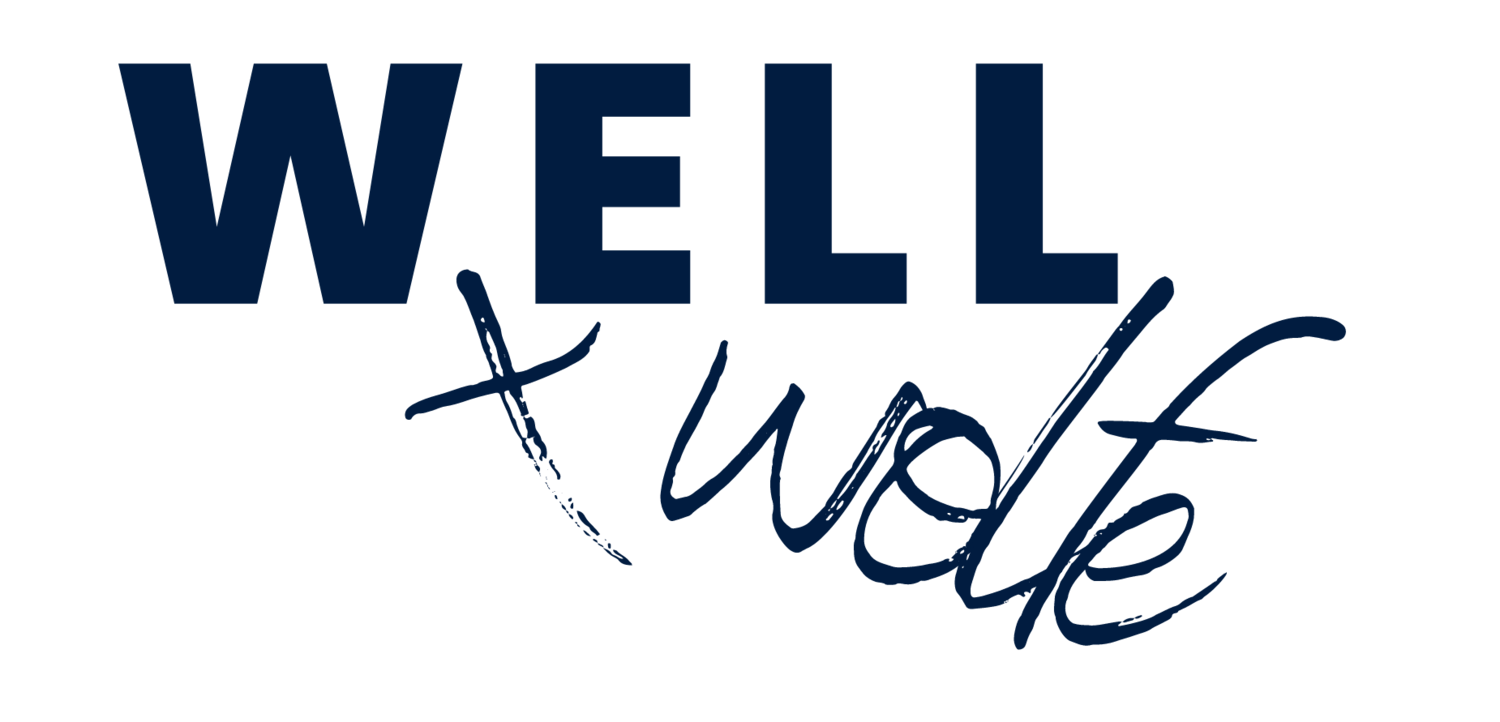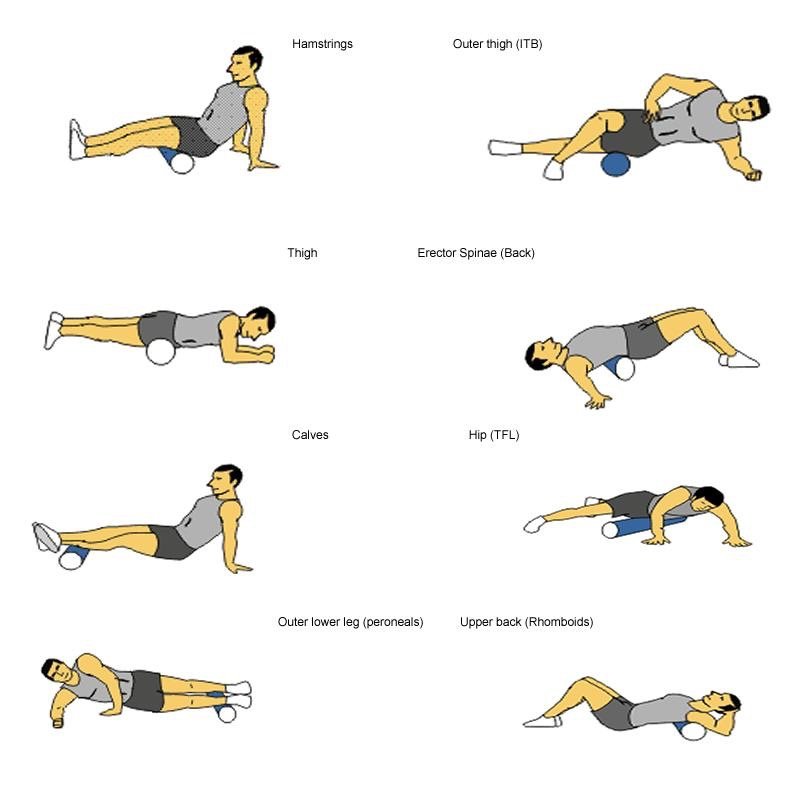Myofascial Release
Okay, let's talk about myofascial release. I know, I know—it sounds like some fancy medical jargon, but stick with me here. This technique is basically like hitting the refresh button for your body, and trust me, it's a game-changer.
why is it important?
So, what's the deal with myofascial release? Here's the thing: our bodies are covered in this web-like tissue called fascia. It's everywhere, connecting muscles, organs, and bones. When it gets tight or knotted (hello, desk job!), it can cause all sorts of aches and pains. Myofascial release is all about smoothing out those kinks.
Benefits to the body
Now, you might expect it to hurt a lot, but in actuality it feels springy. Myofascial release can actually be pretty gentle. Think of it as a conversation with your body, not an argument. You're asking those tight spots to please, pretty please, loosen up a bit.
Here's what makes myofascial release so amazing:
It can help with chronic pain (bye-bye, nagging backache!)
Improves flexibility (touching your toes might actually become possible)
Enhances athletic performance (hello, personal bests!)
Reduces stress (because who couldn't use a little less of that?)
different techniques to try
So, how do you actually do this magical thing? There are a few ways to get your myofascial release on:
Foam Rolling: This is probably the most common method. You've probably seen those foam cylinders at the gym. Rolling different parts of your body over them can help release tight fascia. It might feel a bit ouchy at first, but stick with it—that "hurts so good" feeling means it's working!
Massage Balls: These little guys are great for getting into smaller, trickier areas like your feet or between your shoulder blades. Roll them around under the tight spot and breathe through any discomfort.
Professional Treatment: Sometimes, you need to call in the big guns. Massage therapists, physical therapists, and some chiropractors offer myofascial release treatments. They use their hands (and sometimes tools) to work out those stubborn knots. Though there is a difference between massages and myofascial release, professional help can always help.
Dont give up
Now, I get it. The idea of rolling around on the floor might seem a bit weird at first. But here's the deal: your body will thank you. Start with just a few minutes a day, maybe while you're watching TV. Before you know it, you'll be hooked on how good it feels to move without all those little aches and pains.
Remember, consistency is key. Myofascial release isn't a one-and-done deal. It's more like brushing your teeth for your muscles—a daily habit that keeps everything running smoothly.
Got questions? A good place to start is in my Myofascial Release & Self-Massage collection on my On Demand (toward the bottom). Feel free to drop me a line at amy@wellbywolfe.com. I'd love to help you discover the magic of myofascial release!
Here's to smoother moves and happier fascia, folks! 🧘♀️🎾💆♀️

